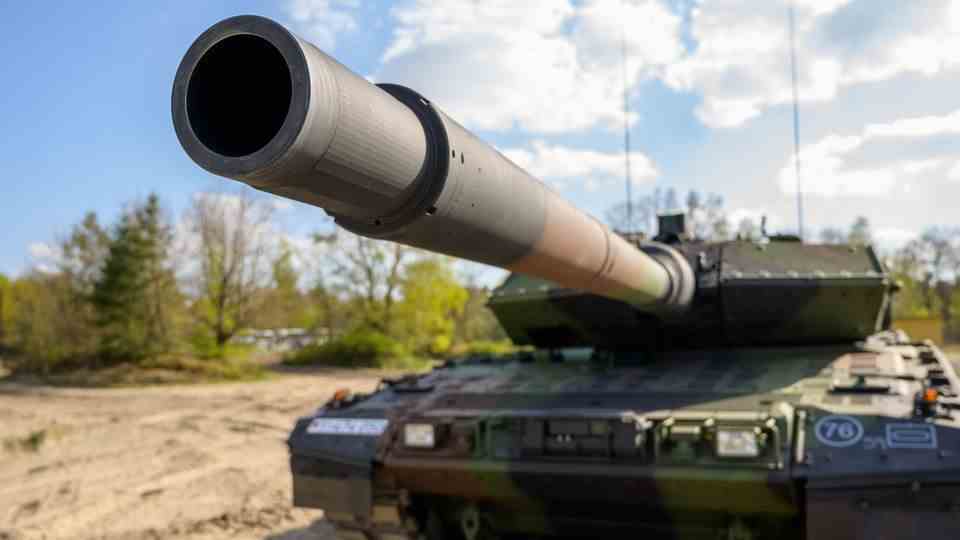Up to 300,000 soldiers
NATO wants to drastically increase the number of rapid reaction forces
A Bundeswehr exercise with the Panzerhaubitze 2000. It belongs to Panzergrenadierbrigade 37, which in turn is part of NATO’s rapid reaction force.
© Picture Alliance
NATO is reacting to Russia’s war against Ukraine with massive changes. Secretary General Jens Stoltenberg is now announcing a restructuring of the NRF intervention force – and cites an impressive number.
Russia’s attack on Ukraine is forcing NATO to respond – and it is doing so by drastically increasing its combat readiness. The North Atlantic defense alliance wants to increase the number of its rapid response forces to more than 300,000. This was announced by Secretary General Jens Stoltenberg on Monday before the summit of the 30 member states in Madrid. So far, the NATO intervention force NRF has comprised around 40,000 soldiers.
New force model
The planned restructuring of the NRF is part of a new force model for the entire alliance area. This provides for more forces on high alert. In addition, forces should also be assigned to certain areas. This means that German soldiers could be scheduled to support Lithuanian troops in the event of a Russian attack.

In peacetime, the troops should generally be under national command, but could then be requested by the supreme commander of NATO forces in Europe (Saceur) in an emergency. The troops would also be given fixed times for operational readiness. It is being discussed that some units should be ready for laying within 10 days at most, others in 30 or 50 days.
Details for emergencies are to be defined in new regional defense plans, which should be ready next year.

